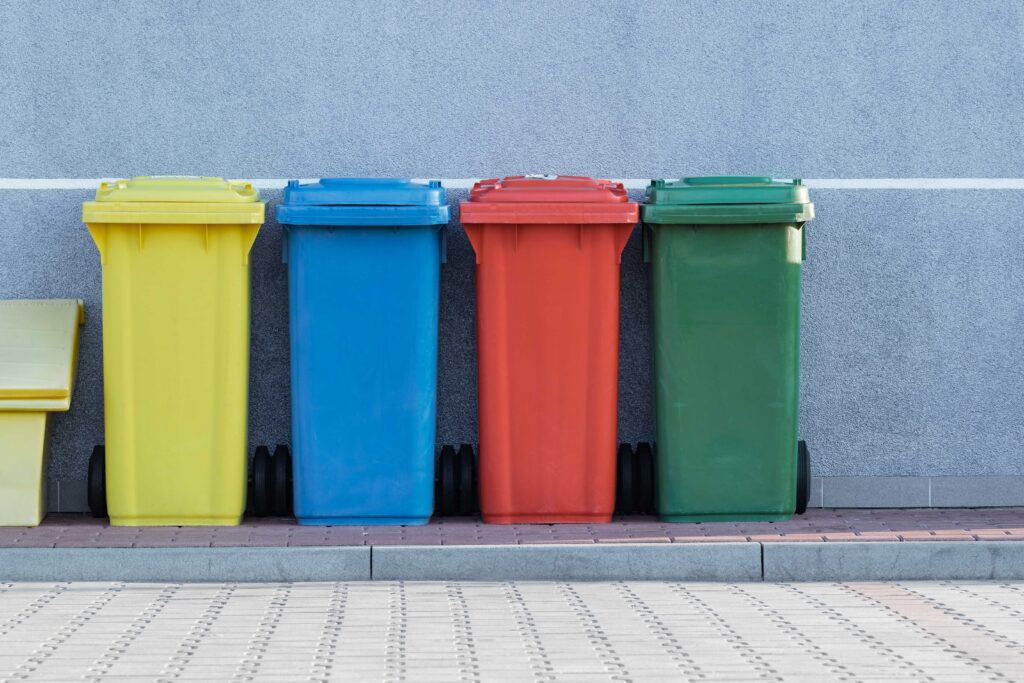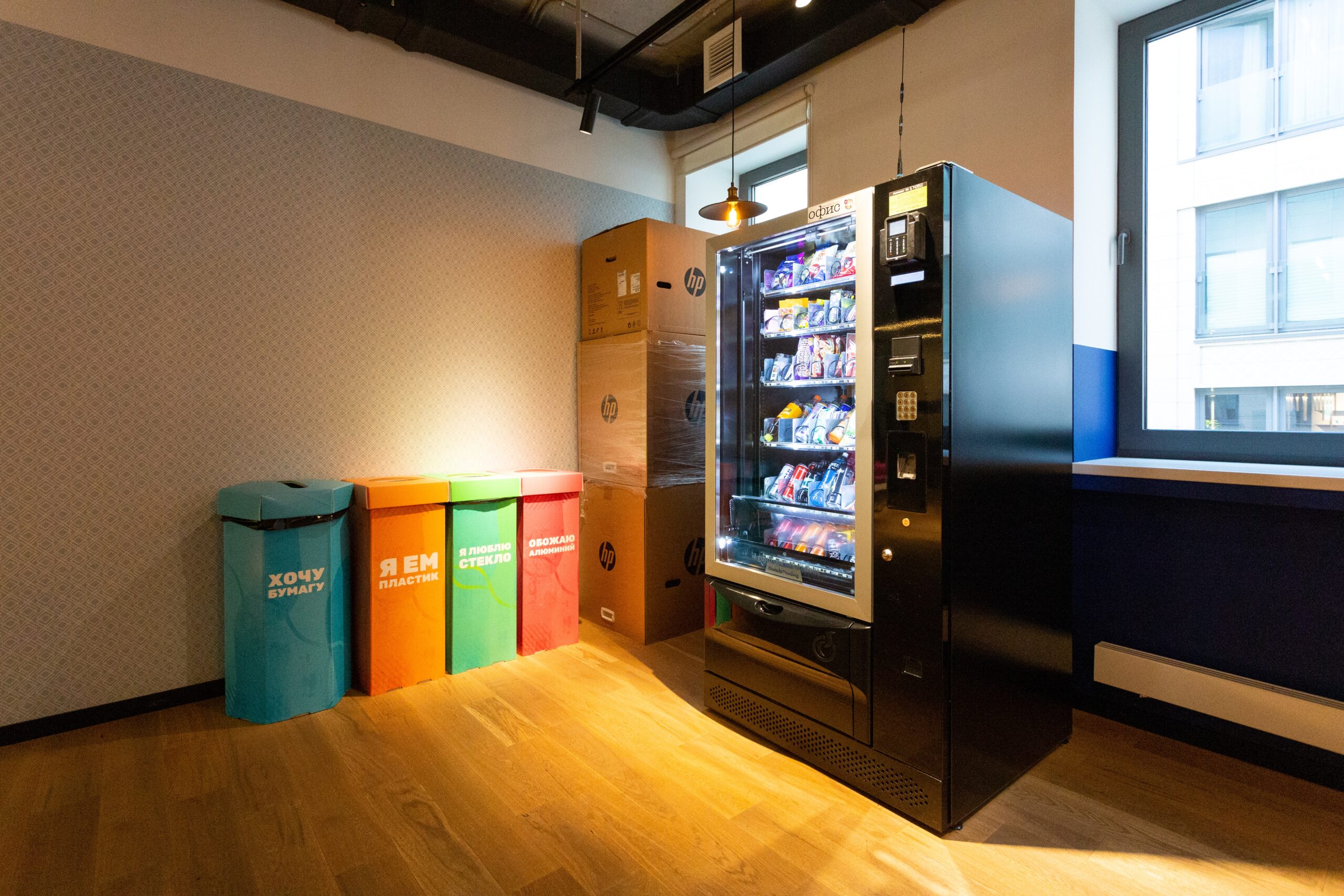
Garbage Separation in the Workplace
Introduction to Garbage Separation in the Workplace
Garbage separation is the process of separating different types of waste materials from each other. It is an important step in reducing the amount of waste that ends up in landfills, and also helps to conserve resources and protect the environment. In recent years, businesses and offices have started to implement garbage separation programs, with the goal of reducing waste and increasing sustainability.
Why is Garbage Separation Important in the Workplace?
There are many reasons why garbage separation is important in the workplace. Firstly, it helps to reduce the amount of waste that ends up in landfills, which conserves resources and protects the environment. Secondly, it can help businesses and offices save money on waste disposal costs, as certain materials can be recycled and reused.
What are the Different Types of Waste that can be Separated in the Workplace?
The different types of waste that can be separated in the workplace include paper, cardboard, glass, plastic, metal, and food waste. Each type of waste has different recycling and disposal requirements, so it is important to separate them correctly.
How to Implement a Garbage Separation Program in the Workplace

Implementing a garbage separation program in the workplace can seem like a daunting task, but it is actually much easier than it may seem. Here are the steps to take to implement a successful program:
- Assess your waste: Start by assessing the types of waste that your business generates, and determine which materials can be recycled.
- Set up recycling stations: Set up designated recycling stations for each type of waste that you have identified. Make sure that each station is clearly labeled, and include information on what types of materials can be placed in each bin.
- Train employees: Provide training for employees on the importance of garbage separation, and on how to properly sort waste.
- Monitor the program: Monitor the program regularly to ensure that it is running smoothly and that employees are following proper sorting procedures.
Benefits of Garbage Separation in the Workplace
There are many benefits to implementing a garbage separation program in the workplace, including:
- Reduced waste: By separating different types of waste, you can reduce the amount of waste that ends up in landfills.
- Cost savings: Recycling can save your business money on waste disposal costs, as certain materials can be reused.
- Improved sustainability: Implementing a garbage separation program can help to make your business more sustainable and environmentally friendly.
- Increased employee engagement: Involving employees in the garbage separation program can increase their engagement and commitment to sustainability.
Challenges of Garbage Separation in the Workplace
- While garbage separation in the workplace can bring many benefits, there are also challenges that need to be addressed. These include:
- Resistance from employees: Some employees may resist the change, and may not be willing to participate in the garbage separation program.
- Lack of space: Offices and businesses may not have enough space to set up separate recycling stations for each type of waste.
- Cost of implementing the program: Implementing a garbage separation program can require significant investment in new recycling bins, signage, and training materials.
- Difficulty in monitoring and enforcing the program: Ensuring that employees follow proper sorting procedures can be difficult, especially in large offices or businesses.
Conclusion
In conclusion, garbage separation in the workplace is an important step in reducing waste, conserving resources, and protecting the environment. While there are challenges to overcome, the benefits of implementing a successful program are numerous, including cost savings, improved sustainability, and increased employee engagement. By following the steps outlined above, businesses and offices can implement a successful garbage separation program and make a positive impact on the environment.
Another important action that business can take to reduce CO2 emissions is to recycle electronic devices, take a look at this article: Electronic Devices Recycling: Benefits and Challenges